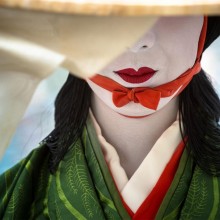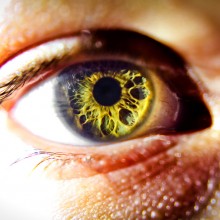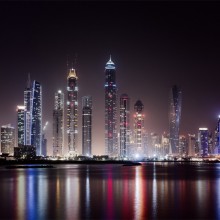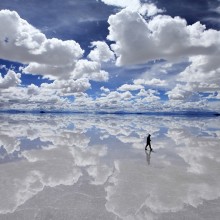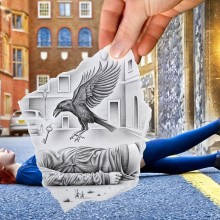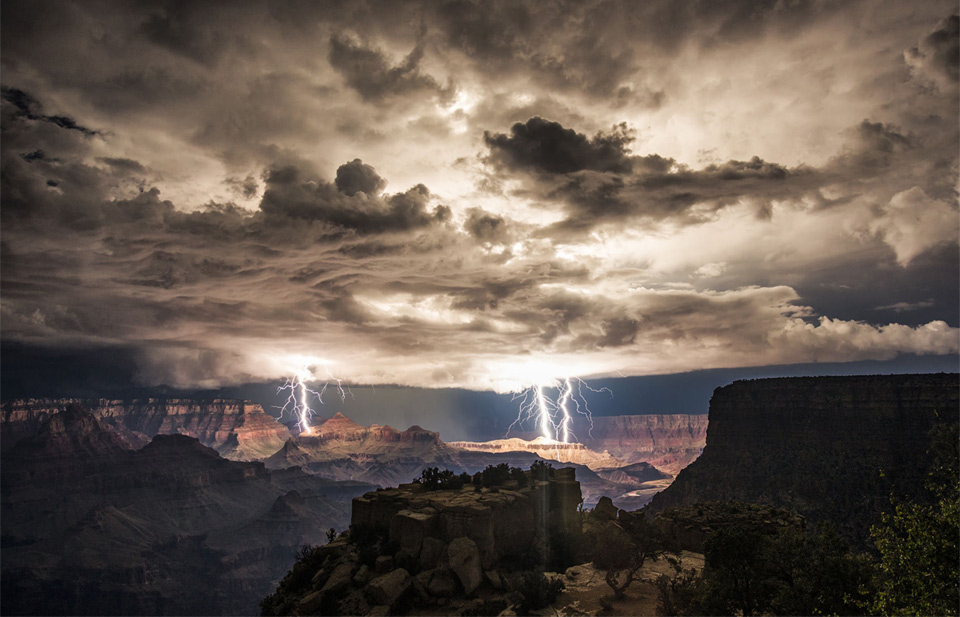
Lightning has to be the most challenging thing to photograph. It’s a lovely nature phenomenon but it lasts so short, and you have to be concentrated and really fast to capture one. You have one chance to get the amazing shot. Every minute counts.
Equipment
For equipment you will need something that has high quality. An SLR camera with B-shutter speed, lens from 28mm to 135mm (avoid zoom-lenses), a tripod, slow speed-film and cable release.
Location
To find a good location to photograph lightning, you need to plan ahead of time. You don’t want to wait until you’re in the middle of a storm to search for locations. For location you would first practice outside somewhere where you can get a great view, later you will get more experienced and seek for some really good hills where the lighting shows perfectly. Avoid city lights and city, but also the roads, and remember to stay dry, so stay under a roof or something similar. Always have in mind that you have to choose a place that’s safe, you don’t want to risk to get hit by the lightning. Places you should avoid is on hills, in open fields, near water, trees, powerline poles and fences, and indoors very close to a window.
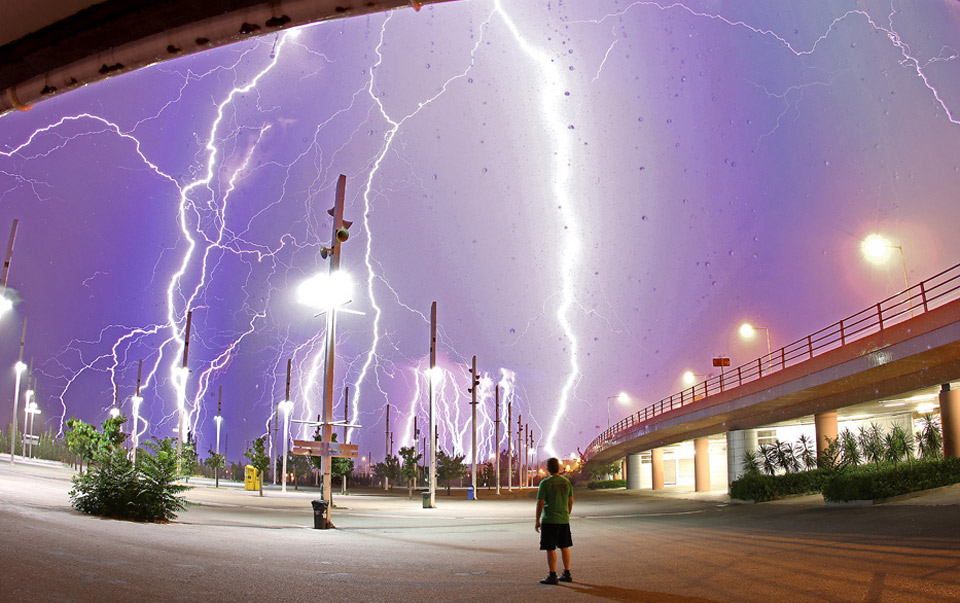
Research
Take your time to do your research on thunderstorms. Learn how to see which one is active and isolated and which one will produce a lot of lightning in one minute.
Shutter Speed
Lot of people think that you have to be fast with the finger when you want to shoot lightning. That is not the case, just use B shutter speed mode, and the camera shutter will stay open for as long as you want it to. But use a tripod and cable release, because the camera should not shake at all.
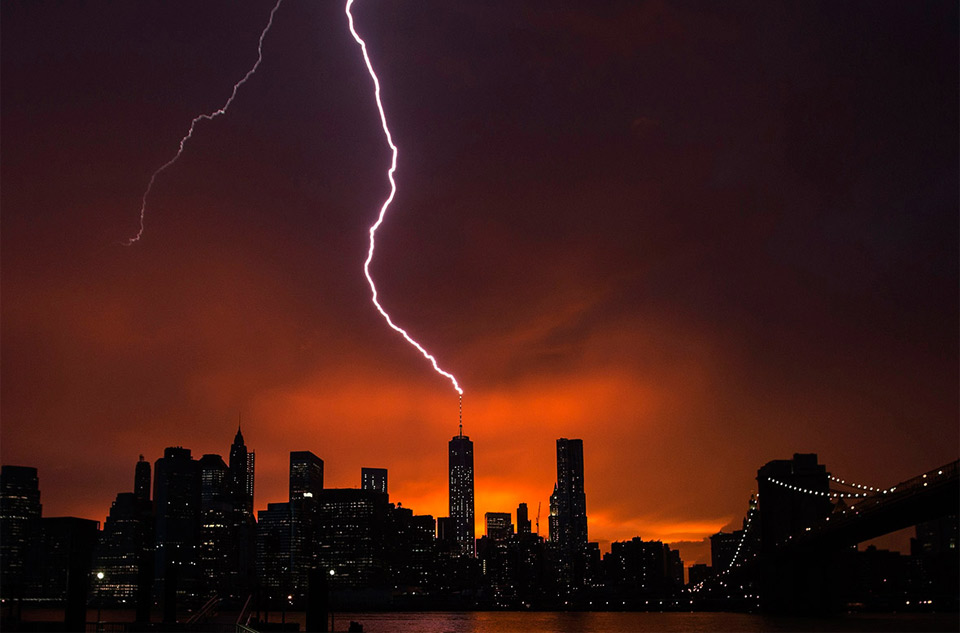
Exposure/Aperture
Exposure refers to the amount of light that enters the camera and hits the digital sensor. Basically, it is a measure of how dark or bright a photograph is. If the image is too bright, it is overexposed. When it comes to exposure and aperture, you should use 100 ISO and f16-f22 if you are close to the lightning, but far away you should definitely use 200 ISO and f2.8-f4. But it varies a lot so try out different settings.
Problems
There will always be problems with your pictures because of location, pollution, clouds, etc. But do not worry, you just have to be patient and practice a lot.


